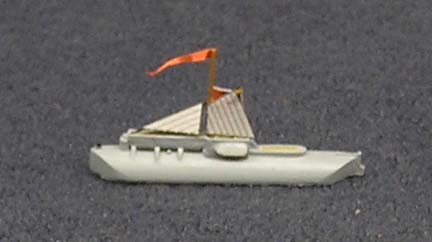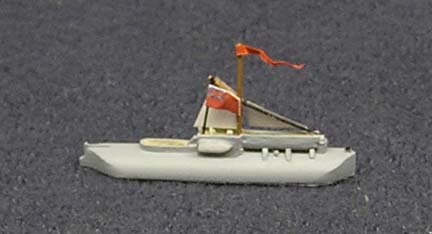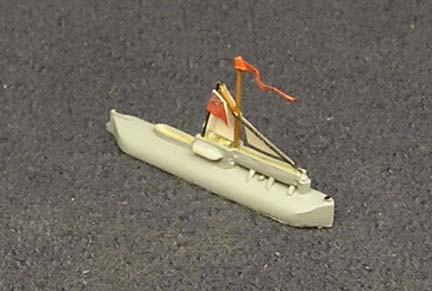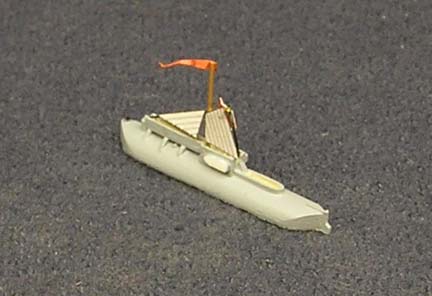Cleopatra

1877
(Johann Wolkersdorfer JW-76)
- Type: Obelisk transport barge
- Displacement: 300 tons
- Dimensions: 92 x 16 ft.
- Designer: John Dixon
- Launched: 1877
- Service: Specially designed for the transport of an Egyptian obelisk, dubbed "Cleopatra's Needle", given in 1819 by Muhammad Ali, ruler of Egypt and Sudan, to the United Kingdom, in honor of Nelson's victory at the Battle of the Nile in 1798. The British government accepted the gift, but declined to fund transport to London. In 1877, Sir William Wilson sponsored its transportation at a cost of £10,000. The obelisk, which actually dated from the reign of Thutmose III, ca. 1450 BC, was one of a pair that had been transported from Heliopolis to Alexandria by the Romans and erected there in 12 BC, although it toppled over sometime later and was buried in sand. In 1877 it was dug out and encased in a great iron cylinder dubbed Cleopatra. It had a vertical stem and stern, a rudder, bilge keels, a mast for balancing sails, and a deckhouse. She was to be towed to Britain by the ship Olga, but on 14 Oct 1877, in a heavy storm in the Bay of Biscay, the barge became unmanageable, and six men from the tow ship were lost trying to save the six man crew on the barge. Abandoned, the barge rode out the storm and was taken in tow by the steamer Fitzmaurice to Ferrol, Spain for repairs. The paddle tug Anglia then towed her the remainder of the way, arriving off Gravesend 21 Jan 1878. The obelisk was finally raised on the Victoria Embankment on 12 Sep 1878. Its partner was subsequently acquired by New York City, transported there in 1880 on the steamship Dessoug, and erected in Central Park in 1881.



 Up
Up





 Up
Up